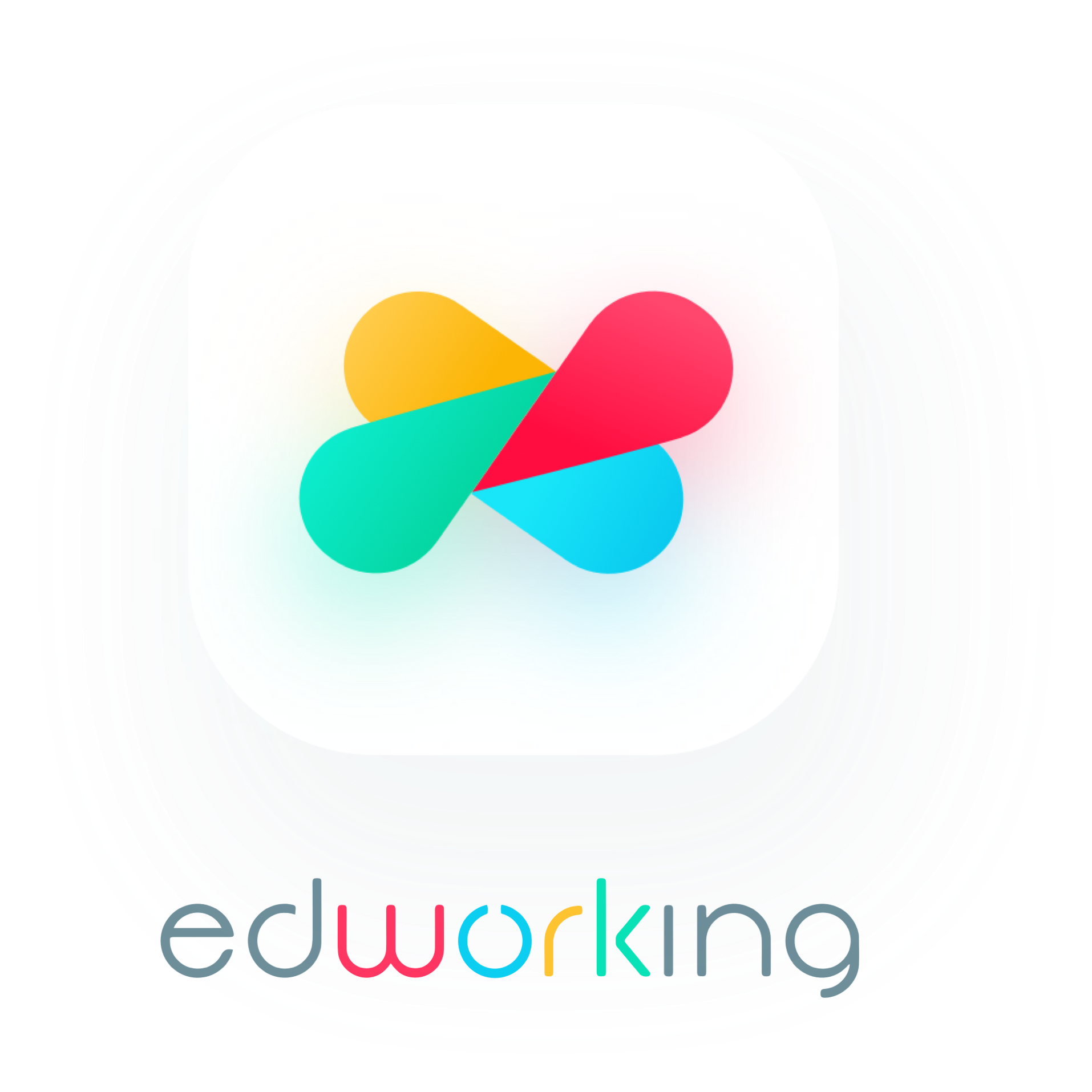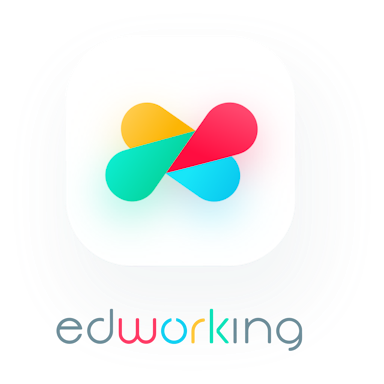Ah, the dreaded "Who was supposed to do that?" question. We've all been there—hovering over a project timeline that's slipping away, frustration mounting as team members point fingers. The ordeal is not only exhausting but also counterproductive. Wouldn't life be simpler if everyone knew their roles and responsibilities from the get-go? Enter the RACI Model, a tool that can transform chaos into clarity, bringing accountability and structure to any project or team. In today's bustling, fast-paced business environment, the RACI Model serves as an essential roadmap to guide us through the maze of tasks and decision-making. But what exactly is this mysterious acronym, and how can it revolutionize your workflow? Let's dive in!
 The Core Concepts: What is the RACI Model?
The Core Concepts: What is the RACI Model?
The Four Pillars: R, A, C, and I
Before we get into the nitty-gritty, let's break down this acronym. The RACI Model is built on four key roles:
- R stands for Responsible: The 'doer' of the task.
- A stands for Accountable: The one who approves or disapproves. Yup, the buck stops here.
- C is for Consulted: The people you need to talk to before a decision or action is taken.
- I denotes Informed: Those who need to be kept in the loop, but don't necessarily have to give their two cents.
Put them together, and what do you get? A beautifully orchestrated team where everyone knows their part. Easy peasy, right?
The Matrix: More than Just Sci-Fi
Okay, but how do these roles fit into the day-to-day of your project? Imagine a matrix, where you list all the tasks on one axis and the team members on the other. For each task, you fill in the R, A, C, or I next to the names of the individuals or teams that fit these roles. It's like a chore chart for grown-ups, only more official and a lot less grumbly. This visual representation lets you see, at a glance, who's doing what. It's like having a GPS for your project!
The Main Difference Between RACI and Other Project Management Tools
So, you might be asking, "Why not just use another project management tool? Why bother with the RACI Model?" The main difference between the RACI Model and other project management frameworks like Scrum or Kanban is its emphasis on clearly defined roles. While other frameworks focus on tasks or workflow, RACI zooms in on who is accountable or responsible for each specific task. The clarity it brings can dramatically reduce misunderstandings and turbo-charge your team's efficiency.
Crucial Nuances: Subtleties that Matter
But hold on, it's not all smooth sailing! A word to the wise: Don't underestimate the subtleties of the RACI Model. For example, having too many 'A's or Accountable people for a single task can be like having too many cooks in the kitchen—a recipe for disaster. On the flip side, not having enough 'C's or Consulted individuals can leave out key insights. It's a delicate balancing act, and it takes practice.
That's the kickoff! We've unveiled the essence and utility of the RACI Model, along with its distinctive edge over other tools. But we've barely scratched the surface. Up next, we'll explore how to effectively implement the RACI Model, delve into its do's and don'ts, and discuss its application in various industries. Plus, stay tuned for a nifty section on how cutting-edge platforms like Edworking can make the RACI Model easier to execute than ever before.
Feel like you're starting to get the hang of it? You should be! After all, when we arm ourselves with the right tools, the daunting becomes doable. And speaking of tools, wait until we show you how they can be fused with the RACI Model for optimum results! Stay tuned for the magic that unfolds when theory meets practice.

 Implementation Guide: Bringing the RACI Model to Life
Implementation Guide: Bringing the RACI Model to Life
Setting the Stage: Initial Planning and Discussions
First things first: you've got to break the ice with some open dialogue. You see, rolling out the RACI Model isn't as simple as sending a memo and calling it a day. It requires a concerted effort from the entire team—everyone from top-level managers to ground-level team members. Gather everyone involved in the project, and together, create a list of key tasks and stakeholders. This step is crucial. You need to know who's playing the game before you can assign roles.
Creating the Matrix: Let’s Get Technical
After you've identified the tasks and stakeholders, it’s time to put together that all-important RACI matrix. While it might seem daunting, various software tools can make it easier—spreadsheets, specialized project management software, even good ol' paper and pen if you're feeling retro. The point is, you plot those tasks against the team members, creating a grid where you can designate the Rs, As, Cs, and Is for each task. It’s like a bingo board, but instead of shouting "Bingo!" you end up with a well-organized team. Sweet deal, huh?
Double-check and Iterate: No One Gets It Right the First Time
You’ve filled out the grid, so you’re done, right? Wrong! The RACI Model is not a one-and-done deal. It’s an evolving tool that needs periodic review. Did Sarah, who was 'Accountable' for project analytics, shift her role? Has a new stakeholder entered the scene? Updates are inevitable, so schedule regular checks to keep the RACI matrix fresh and functional.
The Psychological Edge: RACI’s Impact on Team Morale
Perhaps one of the most overlooked yet essential benefits of implementing the RACI Model is the psychological boost it gives teams. When everyone knows their roles—there’s no ambiguity, no stepping on toes—it cultivates a sense of ownership and mutual respect. Everyone becomes a more engaged, more committed player in the game. So yes, RACI is not just about tasks and timelines; it’s also about people, and isn't that what teamwork is truly about?
 Real-world Applications: Not Just for Business Majors
Real-world Applications: Not Just for Business Majors
In the Health Sector: Clear Roles Save Lives
The importance of clearly defined roles becomes incredibly apparent in high-stakes environments like healthcare. Imagine a chaotic ER; the RACI Model could mean the difference between life and death. Who’s Responsible for administering the medication? Who’s Accountable for patient diagnostics? When roles are ambiguous, the risks aren’t just financial; they can be fatal.
For Non-profits: Maximizing Impact with Limited Resources
Non-profits often work under tight budgets and limited manpower. The last thing they need is role confusion eating into their efficiency. Implementing the RACI Model ensures that every dollar and every hour is put to its best use, maximizing impact while minimizing waste.
The Educational Landscape: Orchestrating Student Success
Even educational institutions can benefit enormously from the RACI Model. Between managing curricula, coordinating with parents, and ensuring student well-being, the list of tasks is endless. By clarifying roles, educators and administrators can create a more focused and effective learning environment.
There you have it—our foray into the hows and whys of the RACI Model, coupled with its applications in various industries. So, where does technology fit into all of this? How can cutting-edge platforms amplify the effectiveness of the RACI Model? Don't go anywhere; we've got a compelling section coming up that ties it all together with platforms like Edworking, a robust all-in-one solution for modern challenges.

 Supercharging the RACI Model with Edworking
Supercharging the RACI Model with Edworking
Alright, buckle up, because here comes the game-changer. What if we told you there's a way to turbocharge the effectiveness of your RACI Model implementation? Well, there is, and it comes in the form of modern, all-in-one platforms like Edworking. This comprehensive remote work platform streamlines operations by integrating key features like Task Management, File Sharing, Docs, Meetings, and even Stories, all in one place.
How Edworking Complements the RACI Model
Remember those R, A, C, and I roles we talked about? Edworking's Task Management feature lets you assign those roles directly within tasks, eliminating the need for external charts or tools. It even integrates chat into tasks, so you can keep all your communication centralized. It’s like having your cake and eating it too. Imagine you're the 'Accountable' person for a task. Edworking enables you to approve or disapprove right from the task dashboard.
Plus, when it comes to the 'C' or Consulted individuals, Edworking's Meetings feature integrates chat, video calls, stories, and comments, negating the need for third-party services. It’s like taking the RACI Model and plugging it into a power source that amplifies its strengths and simplifies its processes. You can keep everyone 'Informed' through Stories, sharing progress and updates in real-time. No more relying on multiple software; it’s all integrated, so you're not just efficient, you're also cost-effective.
 Conclusion
Conclusion
Stepping back to gaze at the bigger picture, it's pretty clear that the RACI Model is more than just another organizational tool. It's a roadmap to team synergy, a blueprint for success, and when complemented by powerful platforms like Edworking, it transforms into a high-octane engine for productivity and effectiveness.
Whether you're in a traditional corporate setting, a healthcare environment, or a non-profit, implementing the RACI Model can drastically improve how your team operates. And remember, it’s not just about allocating tasks; it’s about fostering a culture of responsibility, accountability, and open communication. In a world where time is money, and clarity is increasingly rare, the RACI Model shines as a beacon of order in the chaotic realm of team dynamics.
So, the next time you find yourself floundering in a sea of confusing responsibilities, remember: there's a lifeline you can grab onto, and it’s spelled R-A-C-I. With a dash of modern technology, this traditional model can adapt to meet the challenges of our ever-evolving work landscape, allowing us all to do more, with less stress, and far better results.







